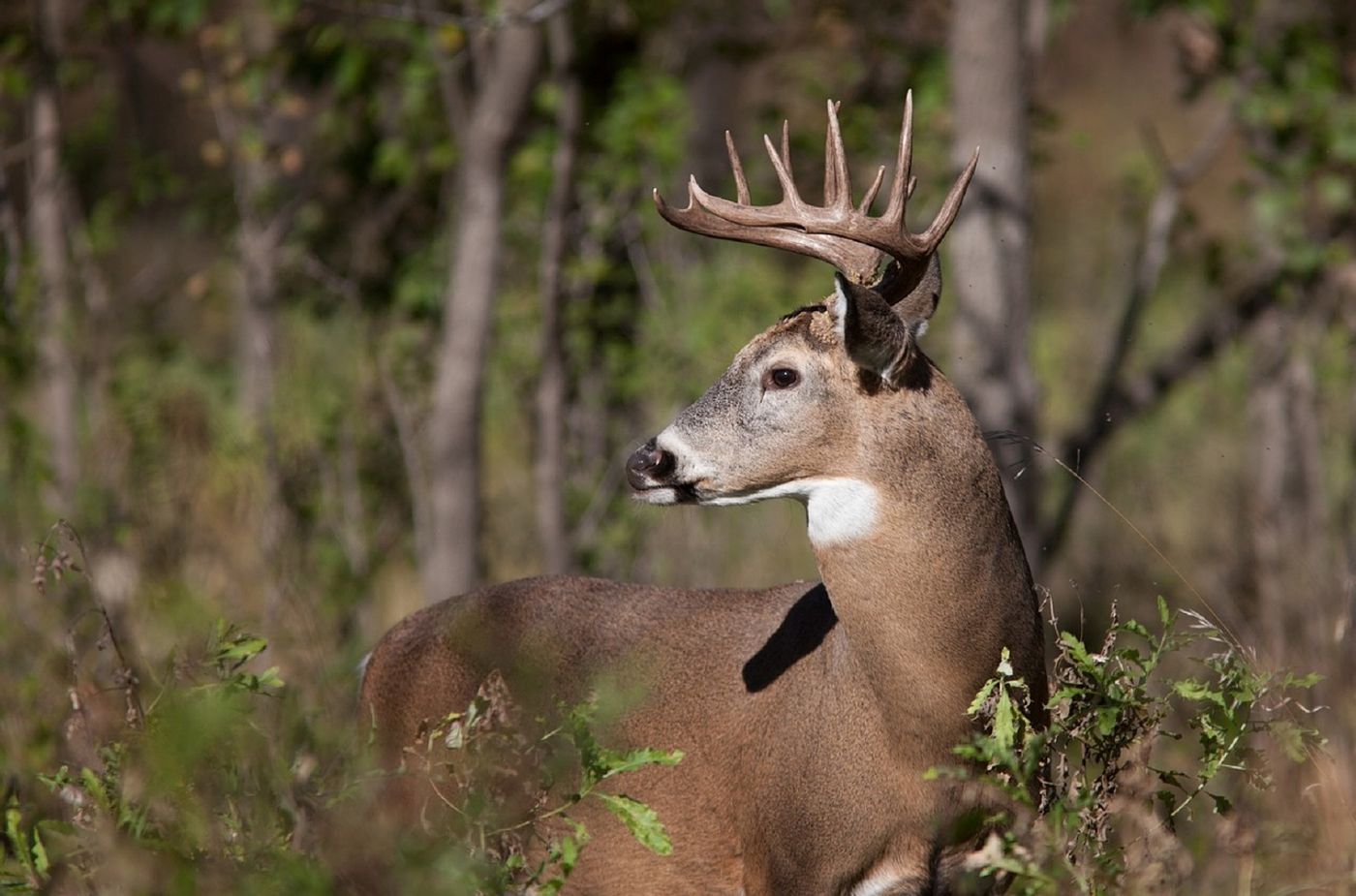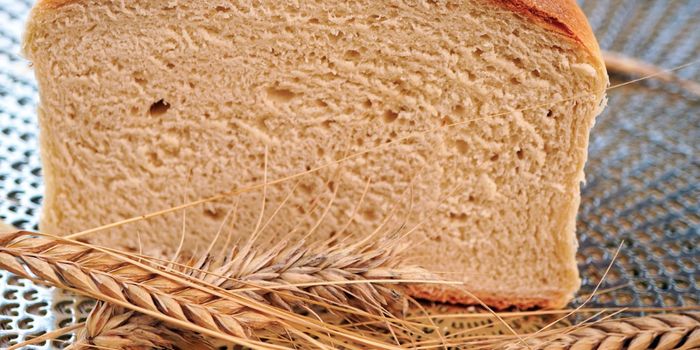White-Tailed Deer Are Helping Invasive Plant Species Thrive, Study Finds
Almost like a predetermined set of blueprints, mother nature decided long ago where plants would sprout across the globe. Many plants are native to the regions they grow today, but invasive plant species are just the opposite, having found their way to a new location artificially.
As history would show, invasive species of any kind can wreak havoc on an ecosystem. While existing wildlife in a region doesn't usually react well to their introduction, the invasive species often thrive and multiply out of control.
Image Credit: Skeeze/Pixabay
A new study published in the journal AoB Plants by a team of researchers from Cornell University fortifies these concerns, underscoring the impact of invasive plant species like garlic mustard and Japanese stiltgrass, just to name a few.
In their research, they studied 23 different regions throughout the north-eastern United States and discovered that grazing white-tailed deer prefer the taste of native plants over their invasive counterparts.
Related: Avoid releasing domestic goldfish into nature's waterways
The results highlighted how invasive plant populations were consistent both in regions where white-tailed deer did and didn’t roam. From these results, one can draw that white-tailed deer don't eat the invasive plants and only feed on native ones, causing a slight imbalance.
This preference for native plants reduces their abundance and diversity, but because invasive plants don't get eaten as much, they're sticking around an multiplying.
“Overall, deer reduce community diversity, lowering native plant richness and abundance and benefiting certain invasive plants, showing that deer have a pervasive impact on forest understory plant communities across broad swaths of the eastern U.S.,” said study lead author Kristine Averill from Cornell’s Section of Soil and Crop Sciences.
As if the introduction of these invasive plant species to these parts wasn’t upsetting enough, white-tailed deer appear to be exacerbating the problem by giving invasive plant species the survival advantage. Overall, this changes a region's ecology dramatically, making it harder for animals that depend on native plants to survive.
“The study results suggest we should try to maintain lower deer densities through hunting and fencing if the goals are to support more native plants and foster a reduced relative abundance of introduced plants,” Averill continued.
Related: Large new cobra species isn't as invasive as originally thought
Perhaps through methods of white-tailed deer population control, we can preserve more native plant species and promote better a quality of life for all plant and animal species; hunting and fencing techniques, as Averill notes, are just two ways that we could go about it.
The circumstances are unfortunate for sure, but this is is a matter that conservationists will need to investigate further if we're to determine the right action to take.
Source: Cornell University









